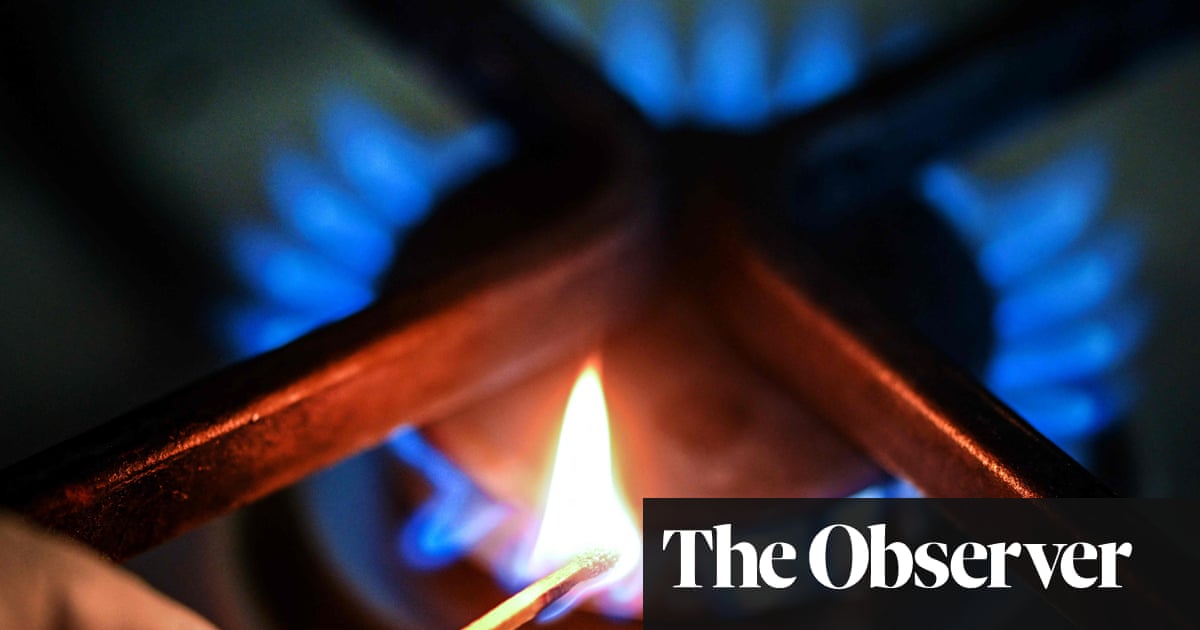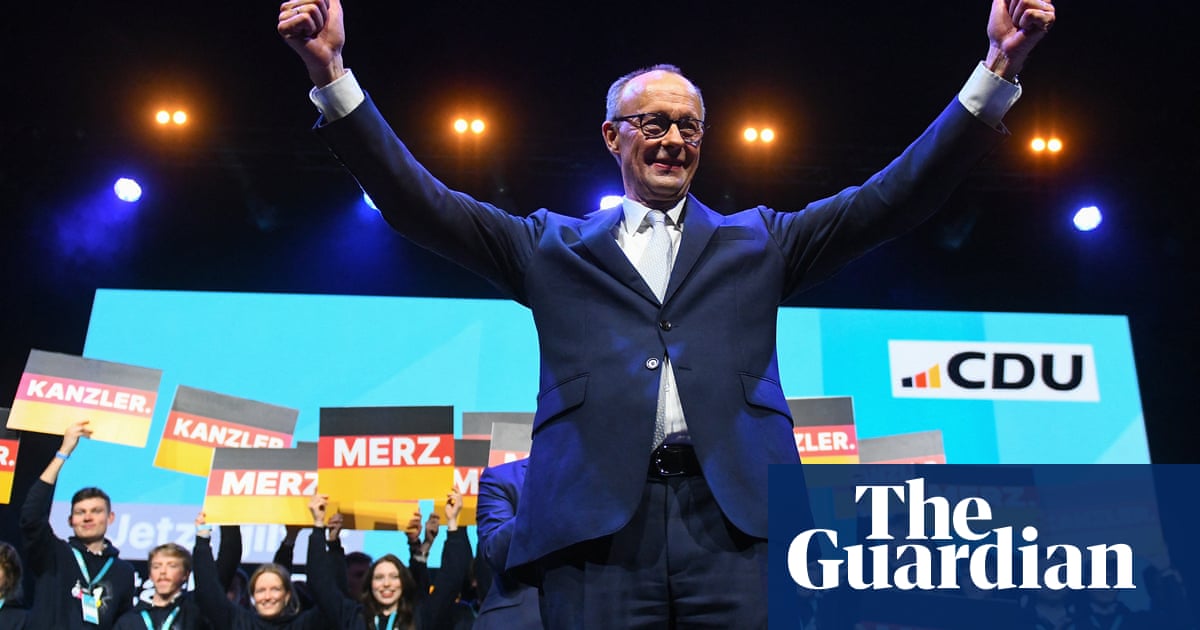The Kremlin’s invasion of Ukraine three years ago has reverberated through the global energy industry; unravelling Europe’s decades-long reliance on gas imported via pipelines from Russia, and triggering a global squeeze on gas markets that unleashed a cost of living crisis still felt today.
The prospect of a peace deal has many wondering whether the energy industry could be upended once again; this time giving way to a market serving the interests of the US president hoping to broker the deal.
Global oil and gas markets have wasted no time pricing in the impact that a peace deal between Ukraine and Russia, one of the world’s biggest energy producers. Christoph Halser, a senior analyst at Rystad Energy, said prices are already falling across Europe and Asia as traders contemplate “a swift comeback of Russia gas”.
Although it would be politically unpalatable for those who argue that Europe’s dependence on Russian gas enabled the Kremlin to weaponise its energy supplies, for many in Europe the opportunity to reverse the economic hardship triggered by its absence will be tempting.
Imports of Russian gas via pipes accounted for around a third of European gas demand in 2021. Before the start of Moscow’s war in Ukraine Russia provided just over half (55%) of all the gas consumed in Germany, which relies on gas for more than a quarter of its energy.
Europe’s biggest economy has scrambled to replace Russian supplies through a rising appetite for liquefied natural gas (LNG) delivered by tanker, but this is more expensive. As a result Germany has also seen a sharp drop in gas consumption overall as heavy industry’s output has slowed in the face of higher energy costs.
It emerged in January that European officials were already considering whether Russian pipeline gas sales to the EU could be restarted as part of a potential Ukraine peace deal. The suggestion sparked a backlash among countries loyal to Ukraine, according to a report in the Financial Times, but proponents of the idea argue that a return of Russian gas could help ease high energy prices across Europe, which have contributed to the cost of living crisis.
Halser cautioned that although a peace deal could “open the door for Russian gas” the chances of a quick return of supplies via pipelines “remains questionable”.
“European leaders and Ukrainian officials have voiced concern over being excluded from the negotiating process, leaving both likely facilitators and takers of Russian gas alienated,” he said.
Donald Trump, who is brokering the deal, may also have good reason to maintain Europe’s newfound appetite for US LNG. Trump has promised US oil and gas company executives that they will be free to “drill baby drill” – and it would be a clear disadvantage to the US if its eager new market were to shrink by too much.
This may suit European countries too, many of which have invested billions of dollars in developing LNG import terminals to reduce their reliance on gas pipeline imports. Last year more than half of Europe’s LNG was sourced from the US.
Under current plans, Europe’s LNG import capacity is expected to grow by 60% between 2021 and 2030, led by countries including Germany, the Netherlands, Turkey, Italy, France, Belgium, Greece, Finland, Poland and Croatia.
The combination of Trump’s pro-hydrocarbon US election victory and Europe’s dash for seaborne LNG imports, along with the potential return of Russian pipeline supplies, threatens to unleash a wave of fossil fuels into the global market.
after newsletter promotion
Even before Trump’s election victory the International Energy Agency had begun warning of a “new energy era” in which countries transitioning to clean energy have access to more oil, gas and coal than needed to fuel their economic growth.
The impact is two-fold, according to the IEA. The new wave of oil and gas could lead to lower prices for households and businesses; offering breathing room to billpayers and respite to the global economies straining under the weight of inflation. This is a development which would play well in the US after Trump promised voters lower energy bills and a domestic manufacturing renaissance.
It could also spell trouble for green energy investments. Fatih Birol, the IEA’s executive director, warned that the shift to plentiful fossil fuels will require green alternatives – such as electric vehicles and heat pumps – to become cheaper too if they hope to compete against more affordable fossil fuels.
This could offer fossil fuel companies the chance to remain competitive against green alternatives for longer – good news for the US oil and gas industry, which donated billions to Trump’s election campaign.
But perhaps the biggest winner to emerge from Trump’s prospective Russia-Ukraine peace deal will be China. By lowering global energy costs Trump may help the world’s biggest energy importer to accelerate its sluggish economy by kickstarting its manufacturing base.
At the same time China will be free to extend its lead in the global race to develop green energy alternatives, while Trump scrambles to claw back support offered to renewable developers under the Biden administration.
The US’s planned 60% trade tariffs on China may go some way to keeping a lid on the unintended benefits its rival may reap from the new energy norm set Trump and Vladimir Putin are aiming for.
Article by:Source: Jillian Ambrose











